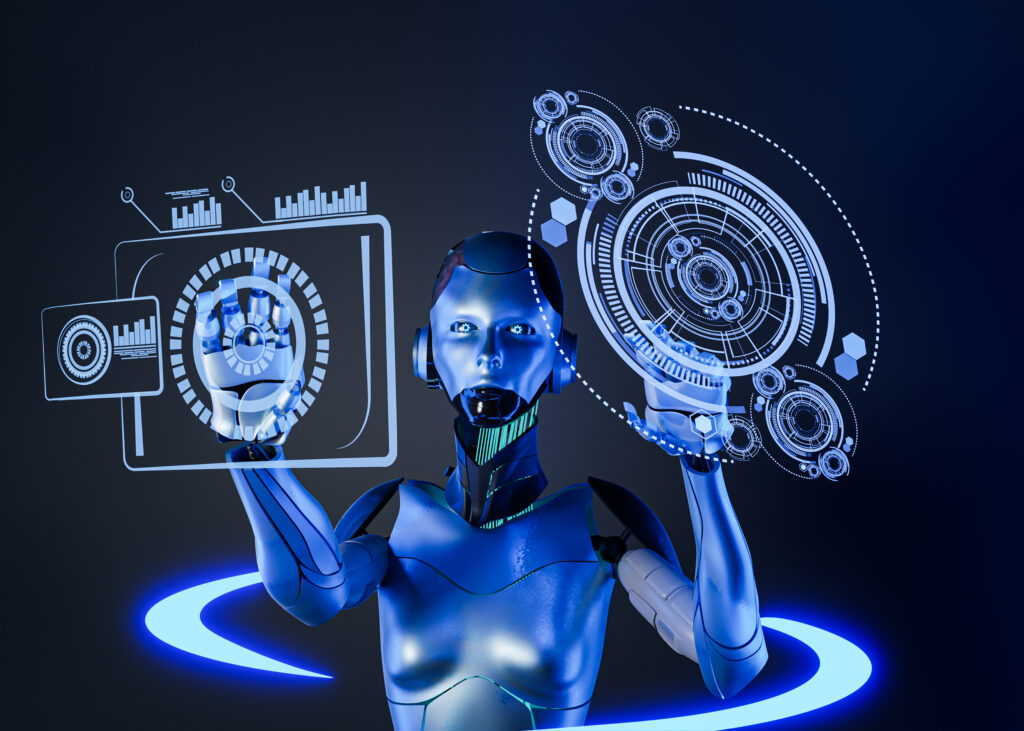The process of putting Artificial Intelligence (AI) into supply chain management has been a game-changer changing how companies plan, run, and improve their operations. This change can be traced back to the early 2000s, and it is now an important part of modern operations in the supply chain.
Early Days: The Beginning of Predictive Analytics in the 2000s
In the early 2000s prediction analytics began to be used in supply chain management. This set the stage for supply chain solutions that are based on AI. Companies started to use data from the past to predict demand make sure they had the right amount of stock and speed up the marketing process. These early AI systems were very simple compared to what we have now but they were a big step forward.
From the mid-2000s to the early 2010s, machine learning took off.
As machine learning algorithms got better, they became more important to processes in the supply chain. These algorithms could look at a lot of data and make more accurate guesses based on what they found. For example, demand forecasting models got better, which helped companies get rid of their extra stock and adapt better to changes in the market. When it came out in 2010 IBM’s Watson was one of the first AI systems to get a lot of attention for being able to process and analyse data for different businesses including supply chain management.
2010s: Visibility of the supply chain and optimisation in real time
During the 2010s AI’s role in the supply chain grew a lot. AI was used by companies to improve insight across the whole supply chain. AI-powered IoT sensors and GPS made it common for goods and cars to be tracked in real time. Businesses were able to deal with problems ahead of time and become more efficient because of this.
AI-driven optimisation algorithms also became important tools for planning routes, managing supplies, and predicting demand. With these technologies, businesses were able to lower their transportation costs keep their stock levels low, and improve the overall performance of their supply chains. For example Amazon’s use of AI in its fulfilment centres showed how robots controlled by AI could improve warehouse operations.
Late 2010s to early 2020s: Robotics and automation
AI’s role in supply chains grew to include automation and robots by the end of the 2010s and the beginning of the 2020s. Autonomous robots and drones are being used more and more by companies to do things like pick and pack in factories. With the help of AI systems these robots could work alongside humans to speed up order fulfilment and cut down on mistakes.
2020s – The Integration of AI and Blockchain
In recent years, a big change in the supply chain has been the use of AI and blockchain technology together. Blockchain makes sure that data in the supply chain is accurate and clear and AI analyses this data to give useful insights. This mix makes it easier to track things, cuts down on fraud, and makes the supply chain stronger. It’s especially important for businesses like pharmaceuticals where it’s important to know where and how a product came from.
AI and sustainability in supply chains are two trends for the future.

As we look to the future sustainability is becoming a big focus for AI in supply lines. AI can help optimise routes to reduce carbon emissions, cut down on waste with predictive maintenance and make sustainable buying possible by looking at data from suppliers. As sustainability becomes more important to both businesses and customers AI will be a key part of making sure that supply chains are in line with environmental goals.
In the end, the past of how AI has been used in the supply chain is a story of constant change. From simple predictive analytics to complex automation AI has become an essential tool for businesses that want to improve their operations, cut costs,improve customer service, and handle the complicated supply chain of today. As AI technology keeps getting better its effects on supply lines are only going to get bigger changing the business world for years to come.


